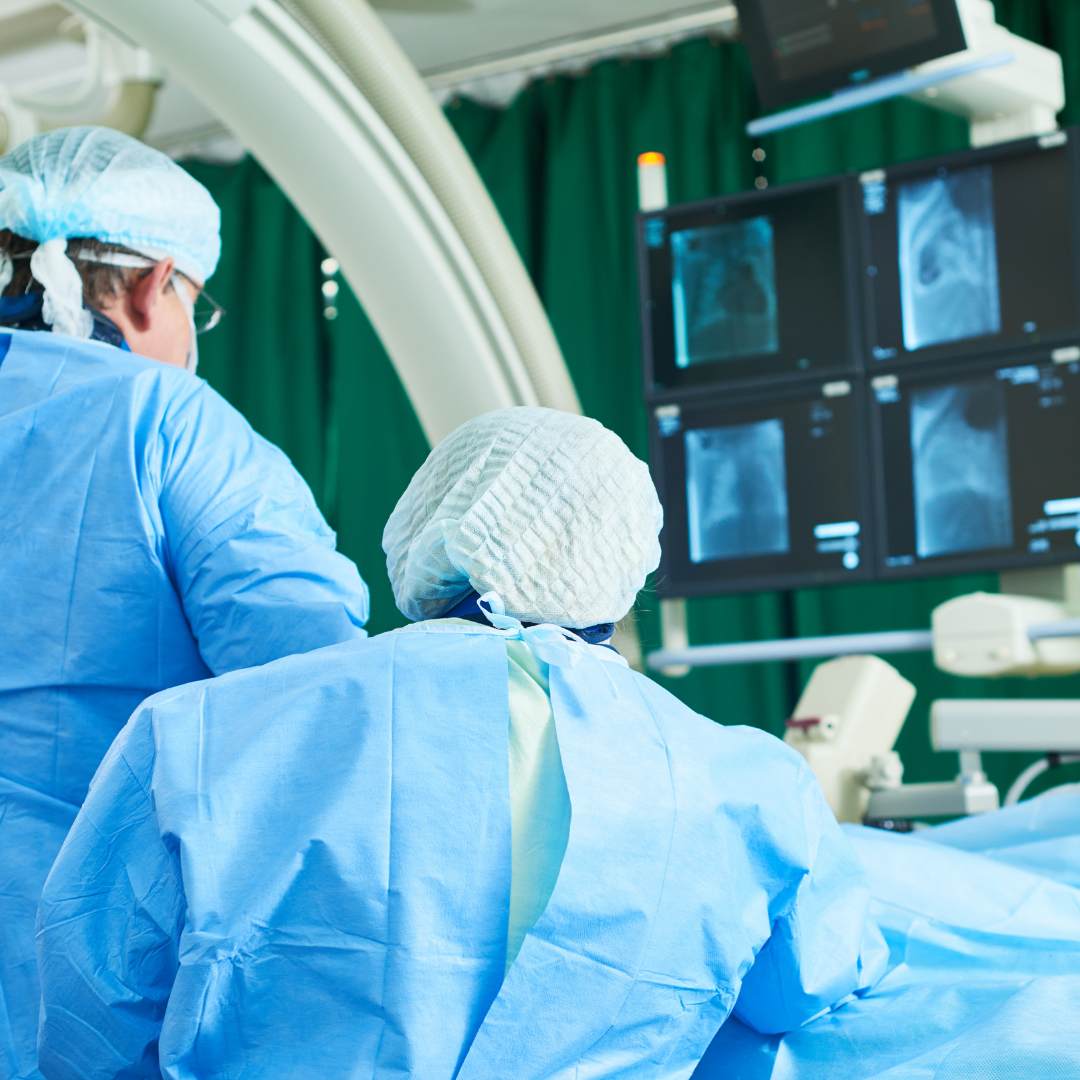Understanding Interventional Cardiology: A Lifesaving Specialization
Cardiovascular diseases are the leading cause of death worldwide, with conditions like coronary artery disease, heart attacks, and strokes taking a staggering toll on human health. However, modern medicine has a powerful ally in the fight against these diseases: interventional cardiology.
What is Interventional Cardiology?
Interventional cardiology is a medical specialty that focuses on diagnosing and treating cardiovascular diseases using minimally invasive procedures. It has revolutionized the field of cardiology and has become an essential component of modern cardiac care.
The Evolution of Interventional Cardiology
Interventional cardiology has come a long way since its inception. The field saw its humble beginnings with the introduction of coronary angiography in the 1950s, a procedure that allowed doctors to visualize the coronary arteries. This technique laid the foundation for the development of various interventional procedures.
Common Interventional Procedures
Interventional cardiology encompasses a wide range of procedures, with some of the most common ones including:
-
Angioplasty: This procedure involves the use of a balloon-tipped catheter to open narrowed or blocked blood vessels. It is often used to treat coronary artery disease by widening the coronary arteries, restoring blood flow to the heart.
-
Stent Placement: After angioplasty, a stent (a small mesh tube) is often placed in the treated artery to help keep it open. Stents can be coated with medication to prevent restenosis, the re-narrowing of the artery.
-
Atherectomy: Atherectomy is a procedure that involves removing plaque from the blood vessels using specialized devices. This helps improve blood flow and prevent complications.
-
Structural Heart Interventions: These procedures are used to repair or replace damaged heart valves and other structural abnormalities. Transcatheter aortic valve replacement (TAVR) is a notable example.
-
Peripheral Artery Interventions: These interventions are performed on blood vessels outside the heart, often to treat peripheral artery disease and prevent limb amputations.
The Advantages of Interventional Cardiology
Interventional cardiology offers several significant advantages:
-
Minimally Invasive: These procedures are much less invasive than traditional open-heart surgery, leading to shorter recovery times and less pain for patients.
-
Accuracy: Interventional procedures are highly precise, allowing doctors to target specific areas and treat them effectively.
-
Reduced Risk: The minimally invasive nature of these procedures reduces the risk of complications and infection.
-
Quicker Recovery: Patients can often return to their normal activities more quickly than after open-heart surgery.
The Role of Interventional Cardiologists
Interventional cardiologists are highly trained medical professionals who specialize in these procedures. They work closely with a team of nurses, technicians, and other healthcare providers to deliver the best possible care to their patients.
Their role includes:
-
Diagnosis: Interventional cardiologists use various imaging techniques to diagnose cardiovascular conditions accurately.
-
Treatment: They perform a range of interventional procedures to treat heart and vascular conditions.
-
Follow-up Care: After procedures, they monitor patients' progress and provide ongoing care and recommendations.
-
Patient Education: Interventional cardiologists educate patients about lifestyle changes and medications to prevent further heart issues.
The Future of Interventional Cardiology
Interventional cardiology continues to evolve, with ongoing advances in technology and techniques. These innovations promise even better outcomes for patients and the ability to treat a broader range of cardiac conditions.
Emerging Trends
-
Robotics: Robotic-assisted procedures are becoming more common, offering greater precision and control during interventions.
-
Bioresorbable Stents: Research is ongoing to develop stents that gradually dissolve in the body, potentially reducing long-term complications.
-
Advanced Imaging: Improved imaging technologies enable better visualization during procedures, enhancing the accuracy and safety of interventions.
Conclusion
Interventional cardiology has transformed the treatment of cardiovascular diseases, making it possible to save lives and improve the quality of life for countless patients. With ongoing research and advancements in the field, we can expect even more exciting developments in the future, further reducing the impact of heart diseases on individuals and society as a whole. It's a testament to the power of innovation and medical expertise in improving human health.

